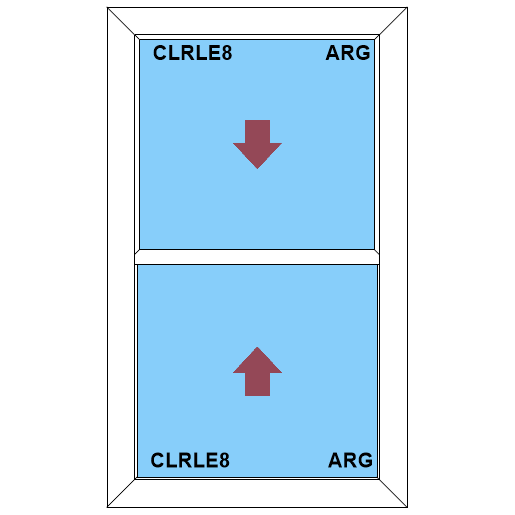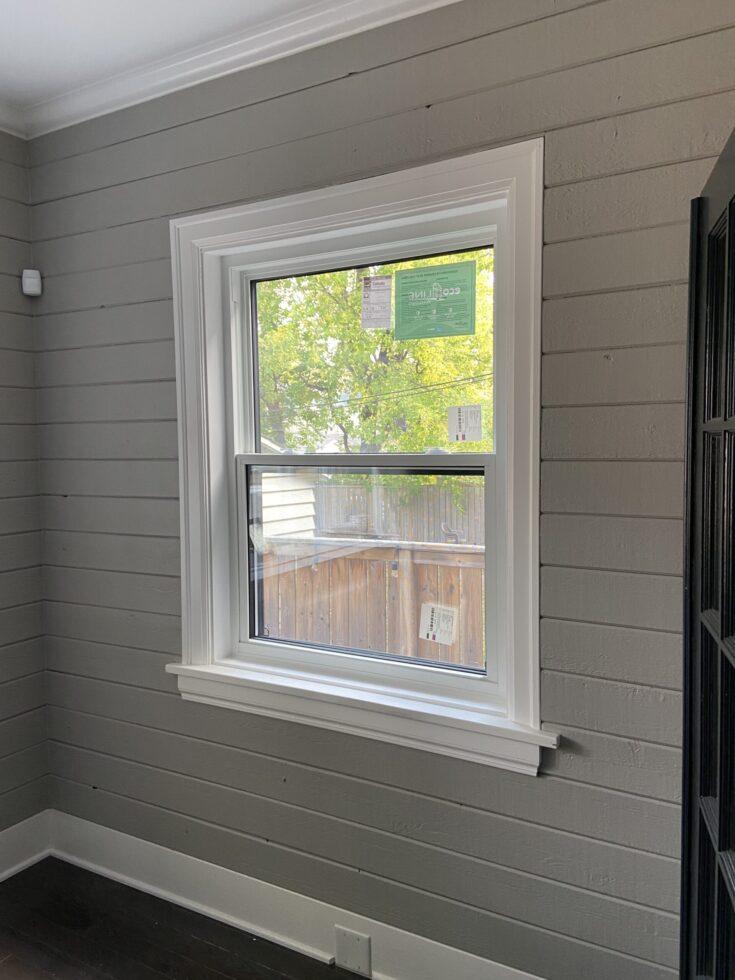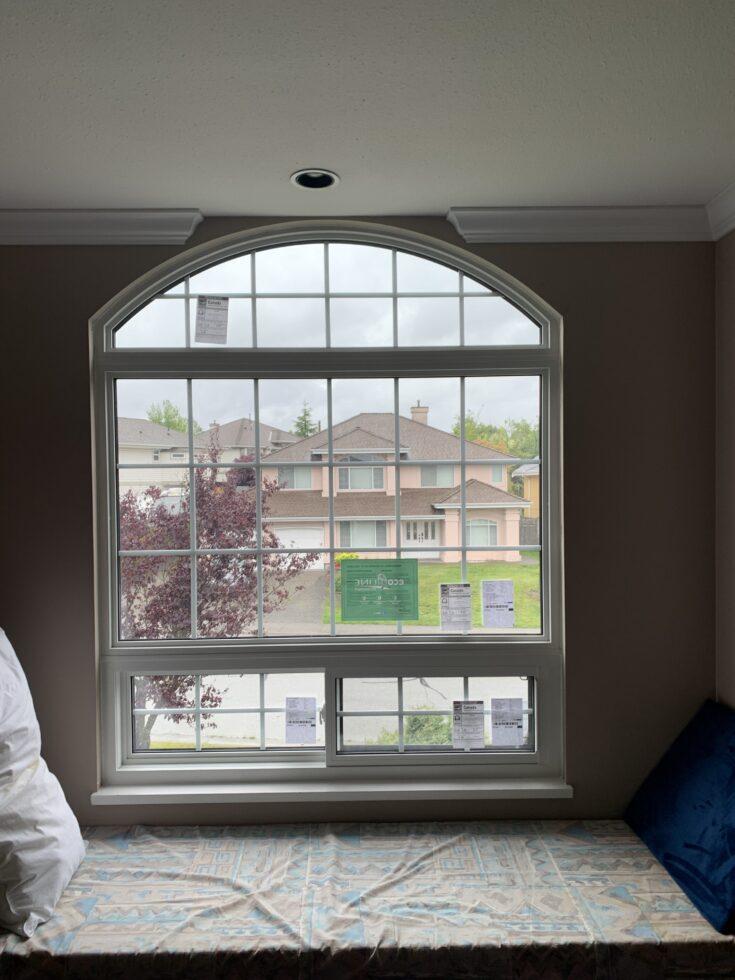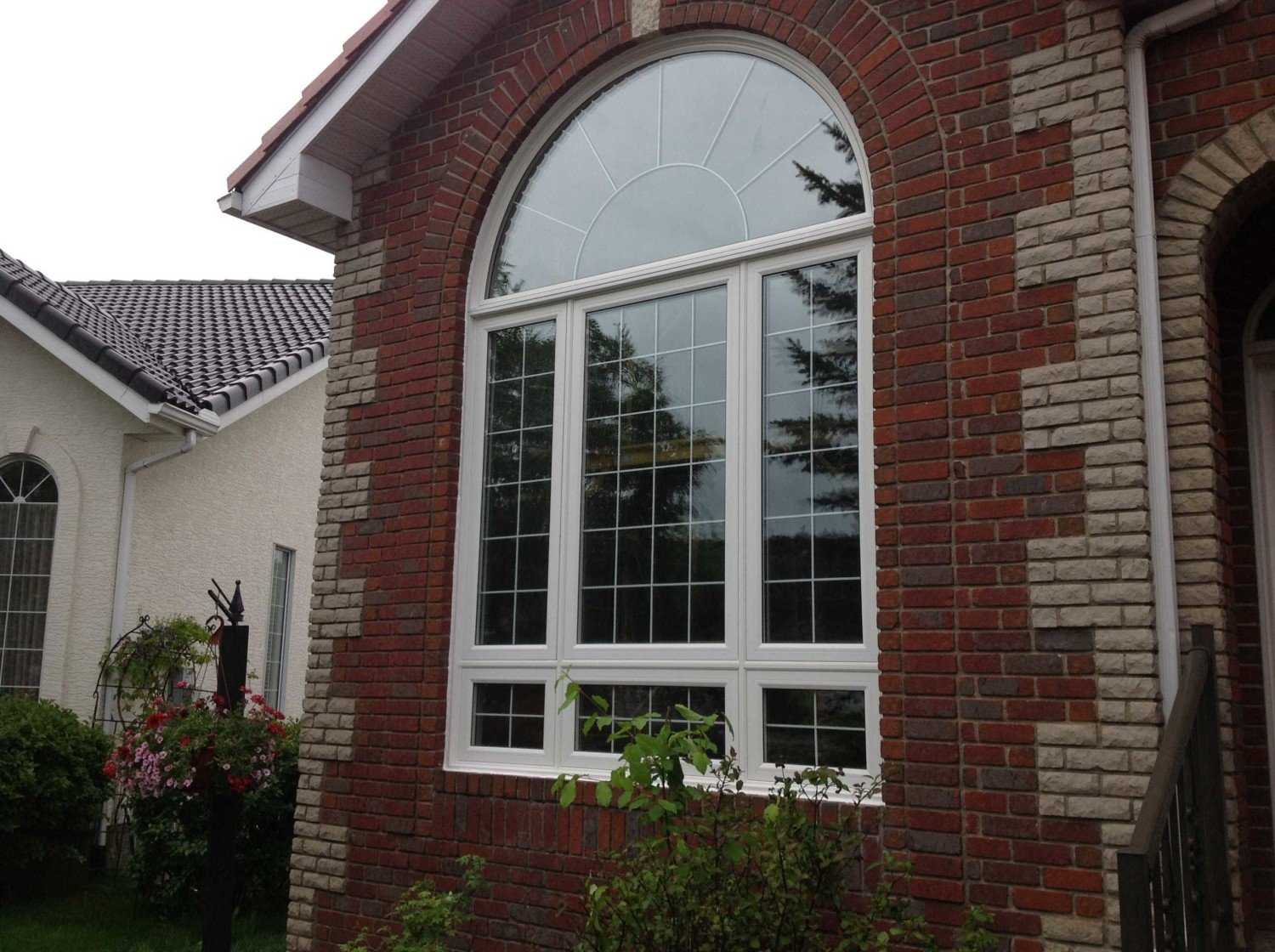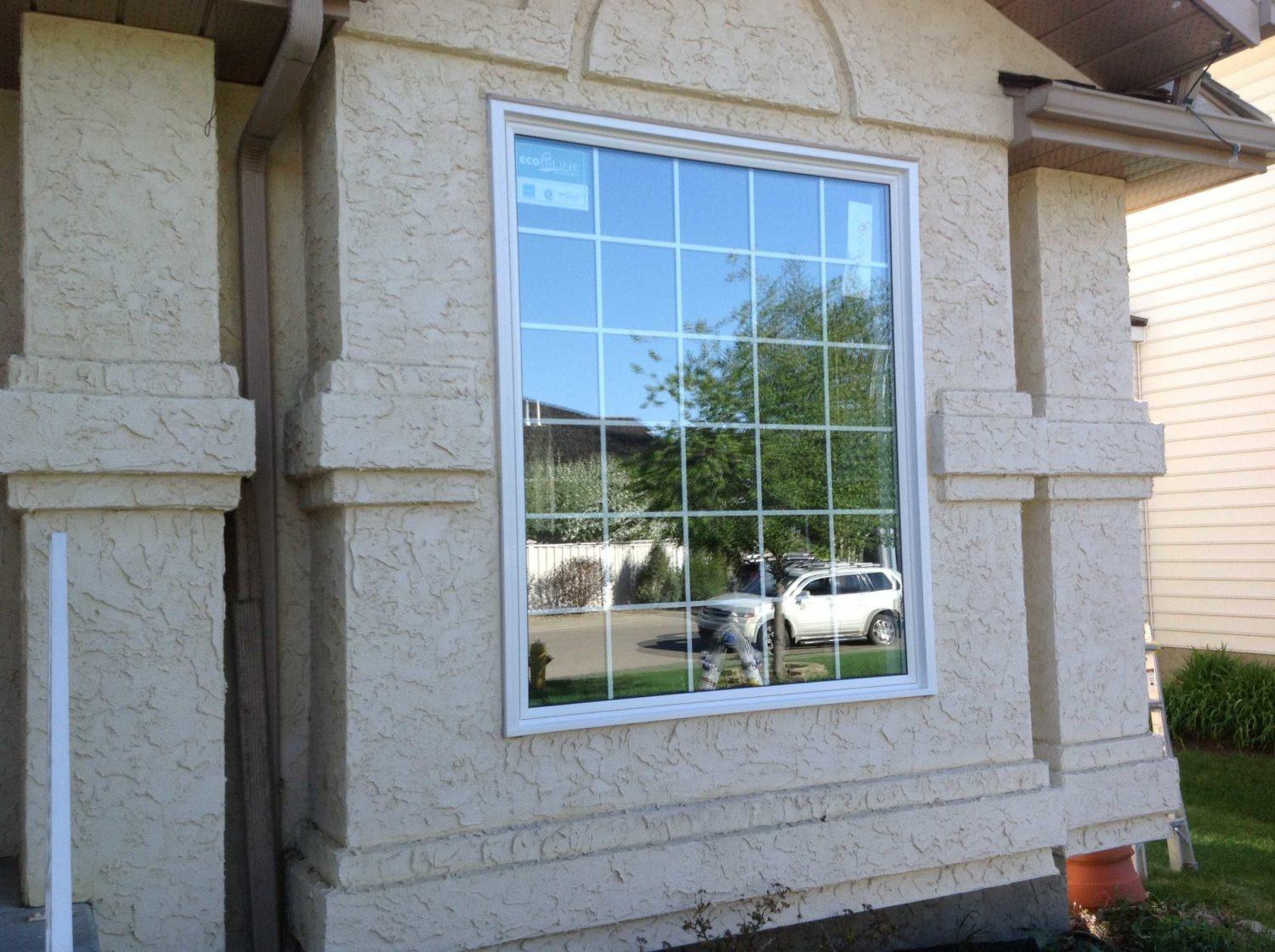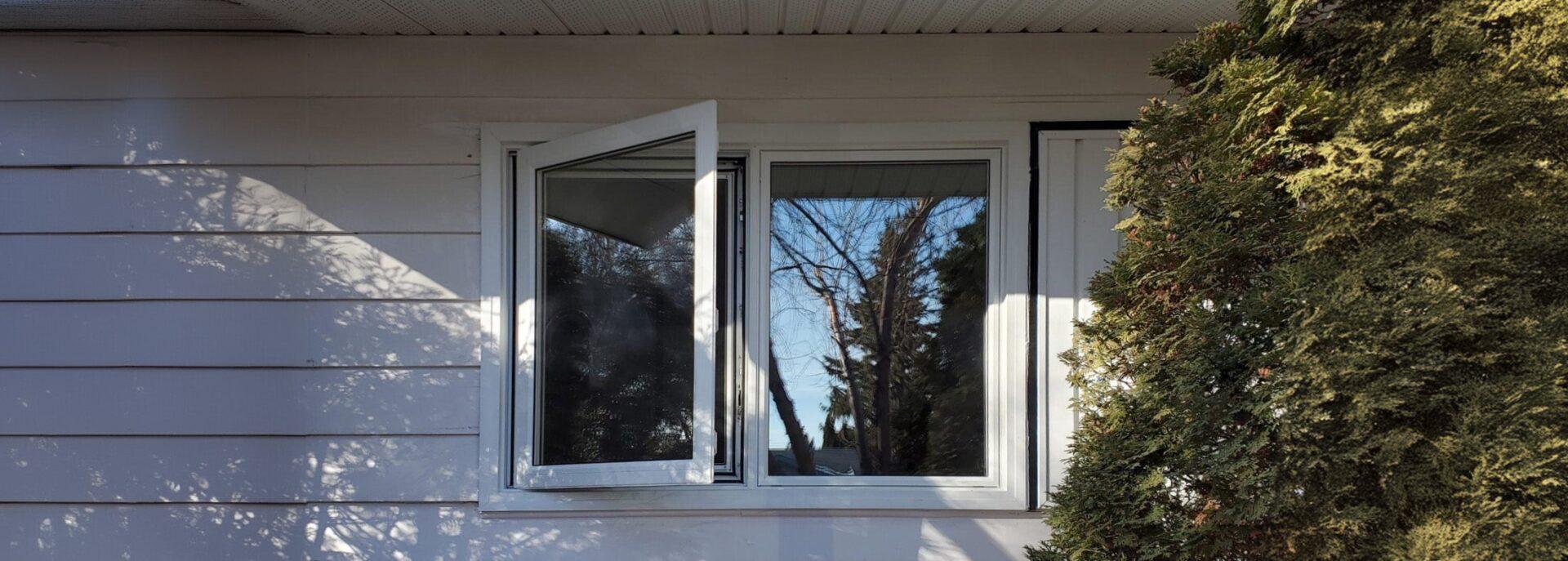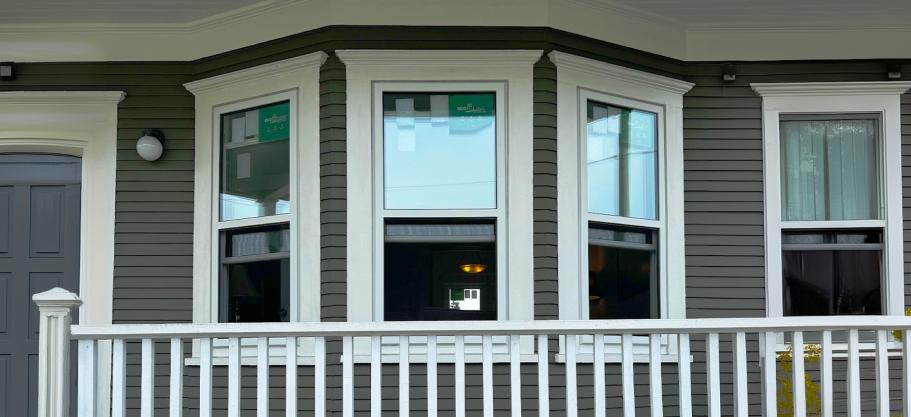

Custom Windows Terminology: Products, Parts and Accessories 101
Apr 6, 2016
Oct 8, 2024
7 min read
338
Did you know that according to a survey, 69% of homeowners chose to invest in vinyl windows in 2023, recognizing them as a key home improvement project?
Thus, understanding the basics behind your window replacement project is vital for making informed decisions. Knowing more about window products and parts will help you navigate the selection process and communicate effectively. This guide breaks down key window terminology into three categories:
- Product (various window styles)
- Parts (accessories and mechanisms)
- Accessories (custom features)
And by mastering these, you’ll simplify your search for the perfect windows and make sure to be on the same page when it comes to consultation and installation.
All Popular Window Styles Explained
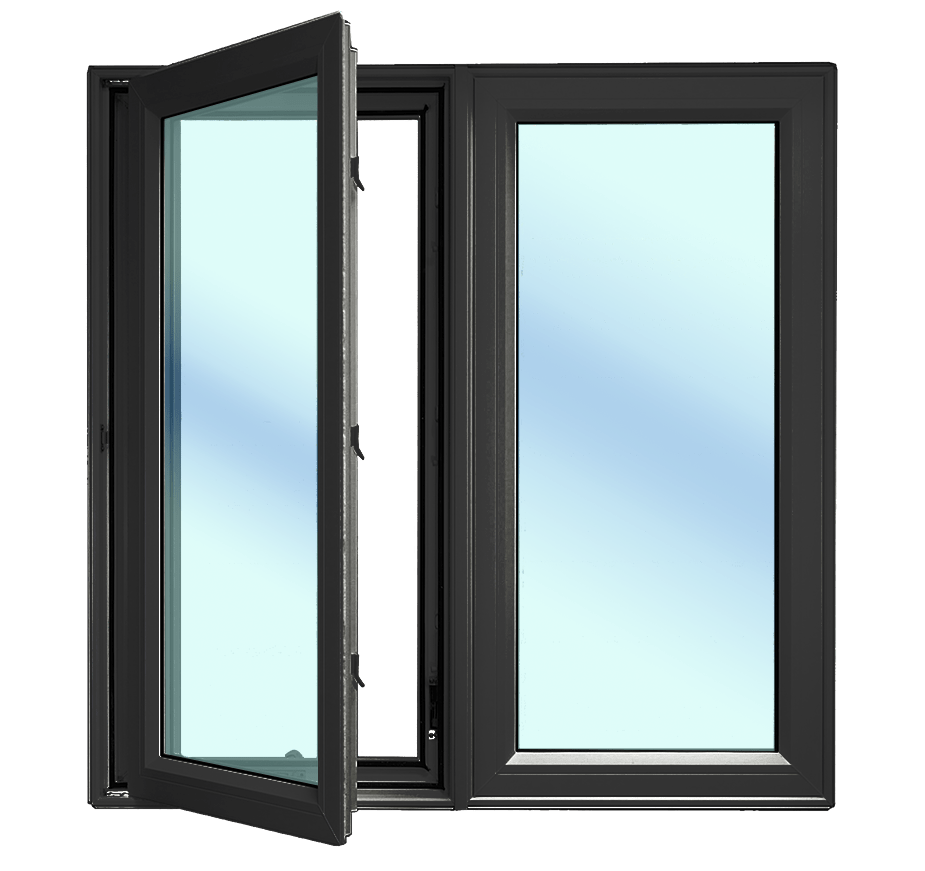
Casement & Awning
Casement and awning windows both belong to a crank-group type of windows. They are best for homeowners seeking optimal ventilation and excellent energy efficiency. Casement windows are hinged on the side, while awning windows hinge at the top. Both models open outward using a modern crank with ease. Best for bedrooms and living rooms.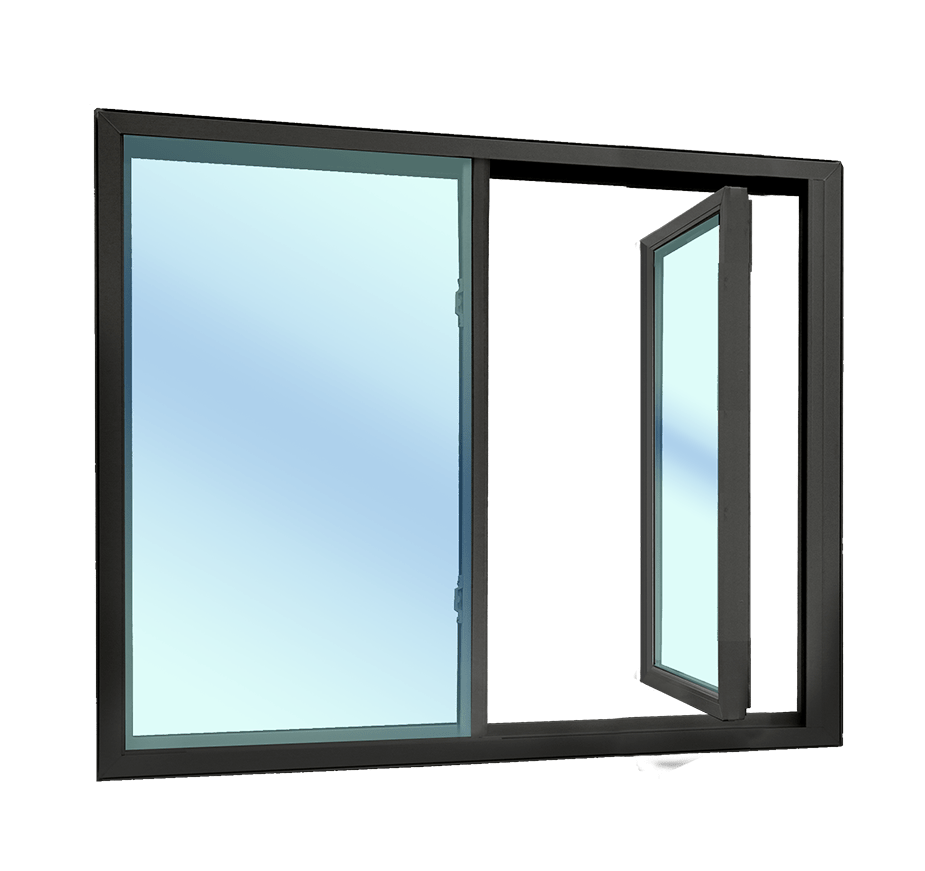
Slider
Sliding window style offers a practical, contemporary solution for homes with limited exterior space. The window opens horizontally, providing ease of use and a sleek appearance that enhances the aesthetic of any room. Best for kitchens, bedrooms and spaces where airflow is a must.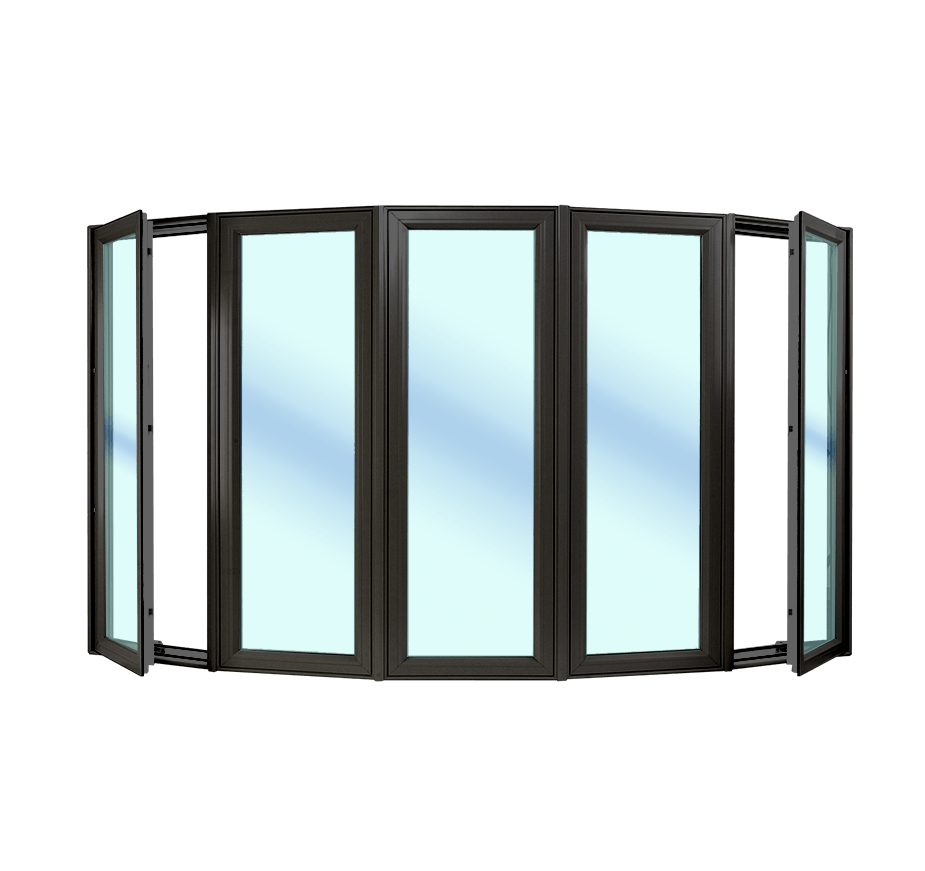
Bay or Bow
Both bay and bow windows project outward from the home’s exterior, creating additional space and inviting more natural light. Bay window styles typically have a central fixed window flanked by two operable units, while bow window styles feature five or more units for a panoramic view. Best for living rooms, large dining rooms and open spaces.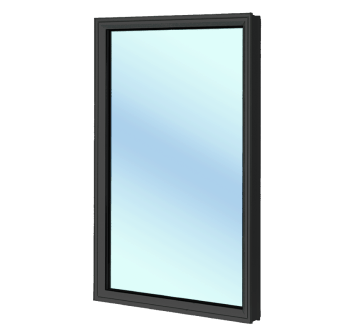
Picture or Fixed
Picture window styles are best for areas that don’t require additional ventilation but need maximum energy efficiency. These inoperable models are available in high (picture style) or low profiles (fixed) to fit any home architectural type. Best for spaces where maximum energy efficiency is needed.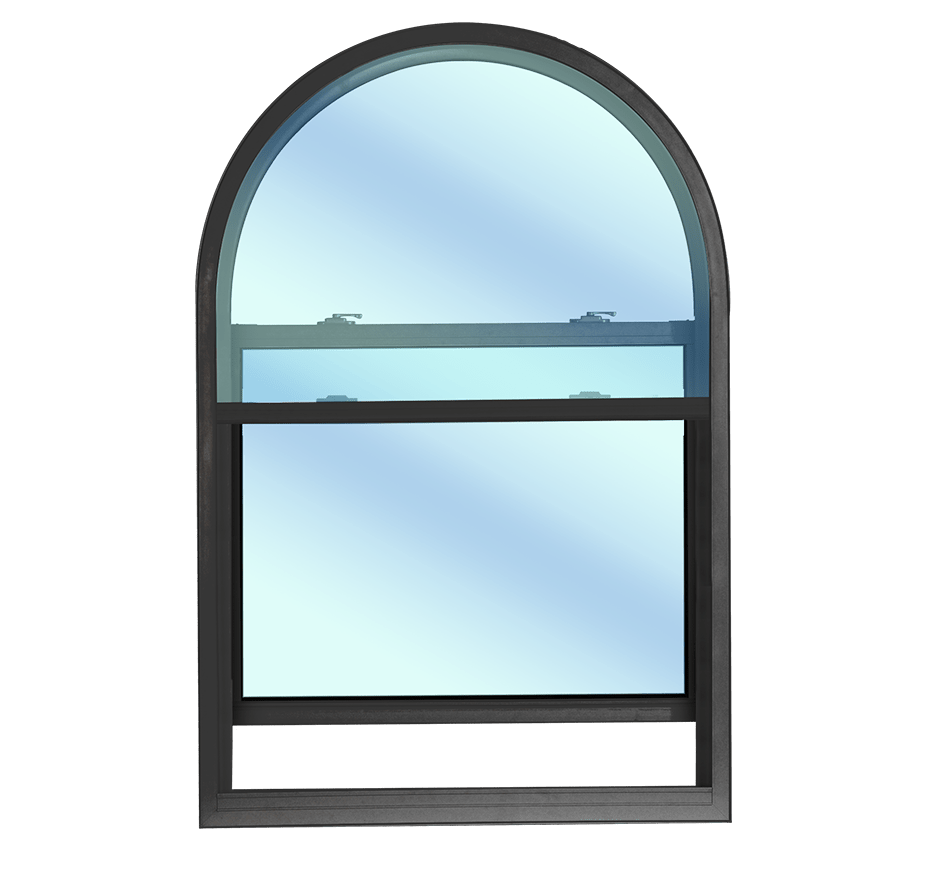
Hung
Whether you install a single-hung or double-hung window, you get the best residential window styles that offer a traditional look and fit most home designs. Optimal ventilation, decent energy efficiency and easy operation make these units one of the best sellers. Best used in bathrooms, bedrooms or kitchens.
Custom Shape
Tailor your windows to fit any unique architectural design with arched window styles, oval, trapezoid or any shape you see fit. Custom window styles offer limitless possibilities to match your home’s character, whether you’re looking for a specific shape, size, or functionality.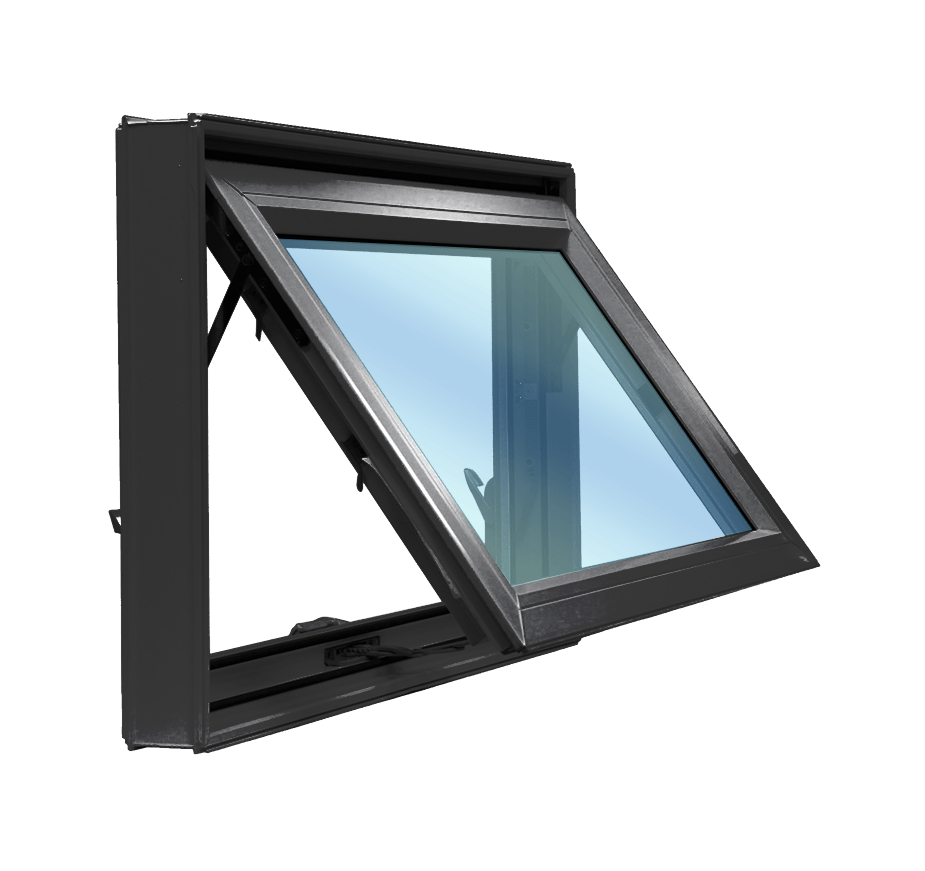
Hopper
Hopper style window are ideal for basements or small spaces, offering excellent ventilation and security. These models are hinged at the top and open outward from the bottom. Best for basements.What Are Modern Windows Made Of? Window Parts Explained!
Modern windows are made up of several components that contribute to their energy efficiency, durability, and design. Below are the key parts of a typical window. Use these window terms to understand better how the window is manufactured.
Window frame terminology
The frame is the window’s main structure, providing stability and support. It can be made from materials like vinyl, wood, or aluminum, designed for durability and insulation.
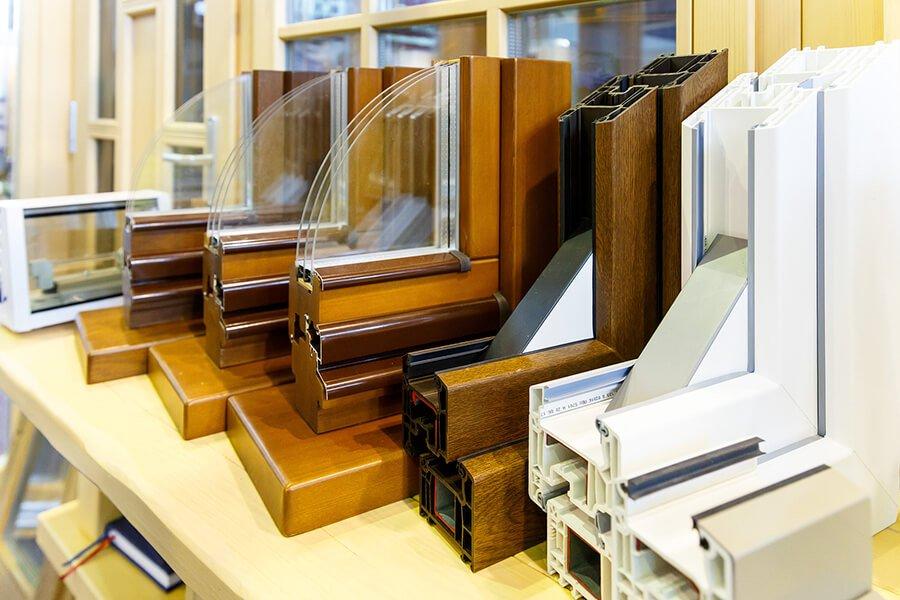
Window glass a.k.a sealed unit
Most modern windows use multi-pane glass for better insulation. The glass may be coated for improved energy efficiency, reducing heat loss and UV exposure. Double or triple-pane glass filled with Krypton or Argon gas is now standard for most replacements.
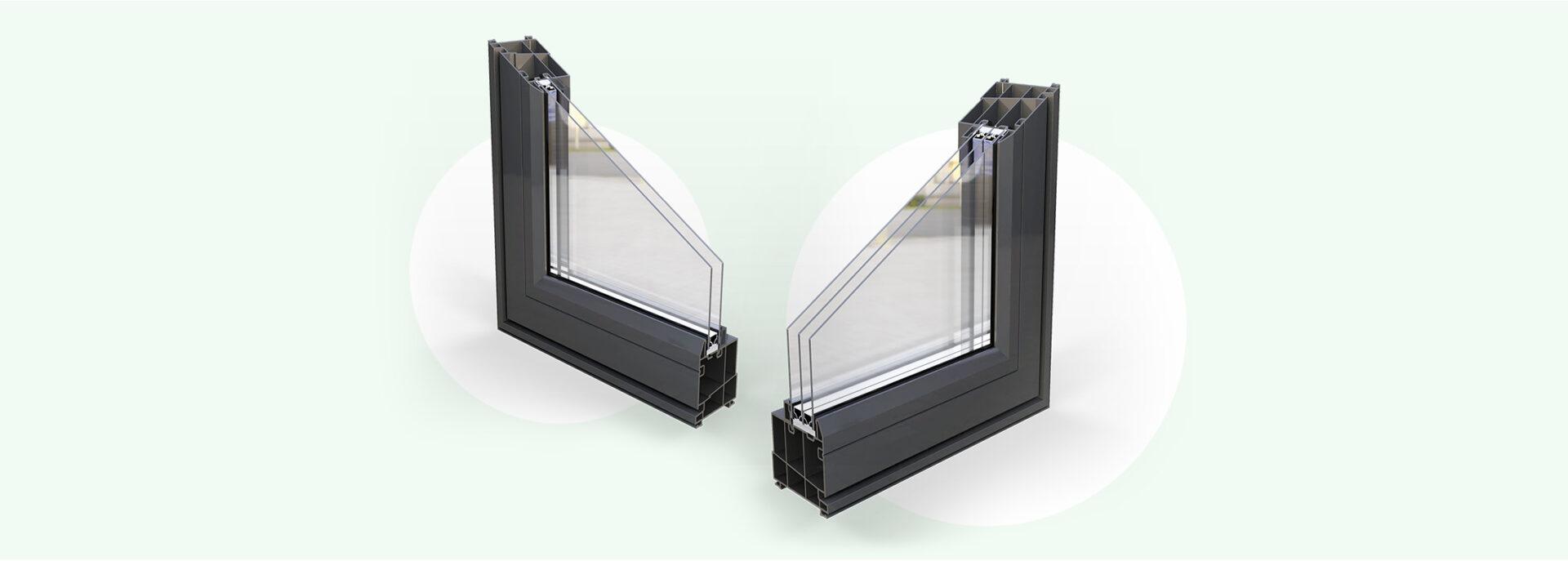
Window sash
The sash holds the glass panes in place. It is often operable in slider, single or double-hung windows, allowing movement and ventilation.
Window brickmould
A decorative and protective window trim installed outside the window. Brickmould covers gaps between the window and the house, preventing water infiltration and enhancing the exterior look.
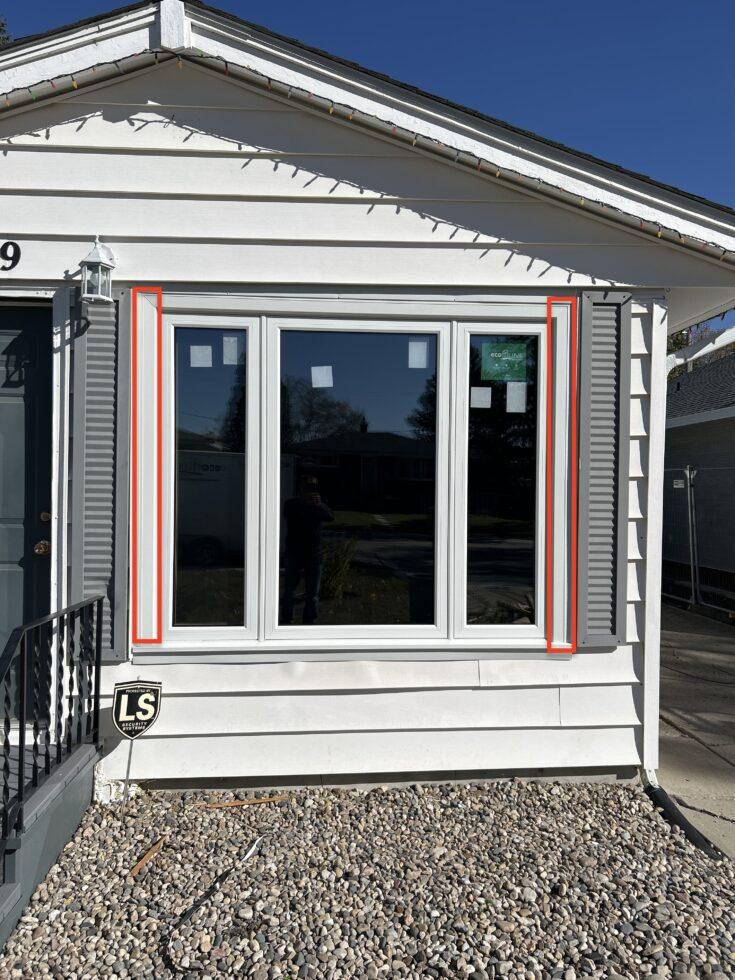
Window casing
Casing refers to the interior or exterior trim that frames the window. It adds both protection and a polished finish, blending the window with the house’s overall design.
At Ecoline, we offer 3 different types of window casing to match you home design:
- Colonial Casing with 45 Degree Corner, which offers a timeless and elegant appearance, ideal for traditional homes.
- Colonial Casing with Rosette adds decorative flair and intricate detail to any room.
- Flat Casing provides clean lines and simplicity that complement contemporary interiors seamlessly.

Window grills
These are decorative bars that mimic divided panes of glass. Grills can be placed inside or outside the glass, adding a traditional aesthetic to modern windows. They can be arranged in a variety of patterns.
Window jamb
Jambs are the vertical sides of the window frame, supporting the structure and helping hold the window in place.
Weep holes (drainage flaps)
Weep holes are tiny openings at the bottom of the window, designed to channel water away from the frame to prevent moisture damage and ensure longevity.
Window Accessories
Modern windows come with a range of accessories that enhance their functionality and security. Below are some common accessories that improve the usability and safety of windows:
- Crank: Used for smoothly opening and closing windows, allowing precise control over ventilation. You can find cranks on casement or awning windows.
- Multi-Point Lock: A locking system that secures the window at multiple points along the sash, providing enhanced security.
- Cam Lock: A heavy-duty, rotating lock used on double-hung or sliding windows to secure the sash in place.
- Night Latch: A quick-locking mechanism, often used on smaller windows or for added convenience. It allows a horizontal slider to only have a 3” opening from frame to sash. Good for ventilation and security.
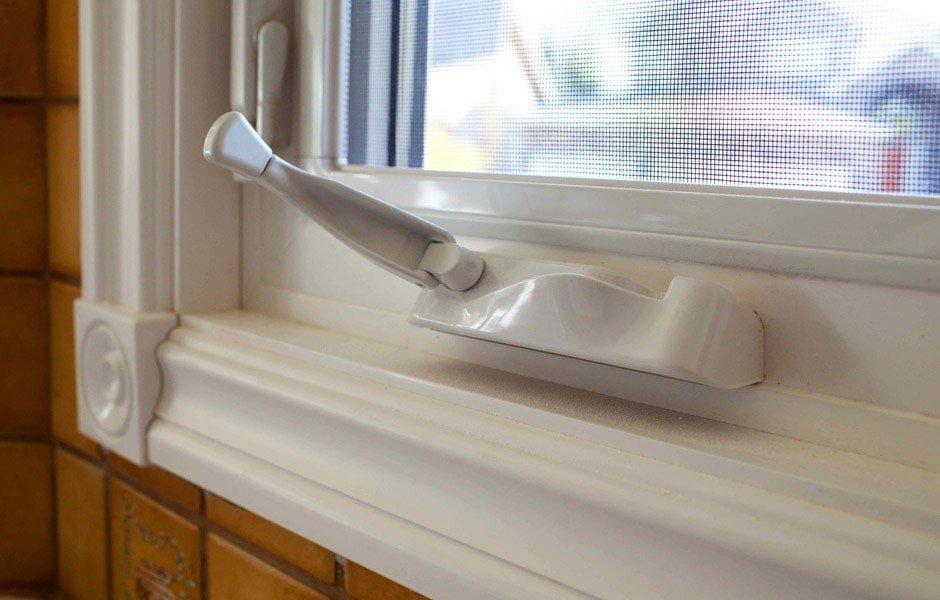
Wrapping Up
Understanding the various parts of modern windows helps homeowners make informed decisions during replacement or renovation projects.
By knowing key terms like frame, glass pane, sash, jamb, and casing, and the functionality of accessories such as cranks and locks, you can confidently choose products that enhance your home’s efficiency, security, and aesthetic appeal.
Now that you are more familiar with window terminology, you can communicate accurately with sales representatives, installers, and service technicians to express your ideas and clarify lingering questions.
Looking to replace windows? We’ve got you covered. Contact us today to get a free quote and consultation and apply for up to $3750 grant for new windows!
F.A.Q
What is a window jamb?
A window jamb refers to the vertical sides of the window frame. It supports the window’s structure, holding it in place, and provides stability, especially during installation.
What is window casing?
Window casing is the decorative trim that surrounds the window frame on the interior or exterior, enhancing its aesthetic appeal and providing additional protection.
What do you call a window that opens from the bottom?
A window that opens from the bottom is typically called a single-hung window. These windows have their operable lower sash to move up, allowing for ventilation while the upper sash remains fixed.
 Ecoline Windows Becomes an Efficiency Preferred Partner with Efficiency Nova Scotia!
Ecoline Windows Becomes an Efficiency Preferred Partner with Efficiency Nova Scotia!
 Ecoline Windows and Doors Announces Collaboration with The Home Depot
Ecoline Windows and Doors Announces Collaboration with The Home Depot
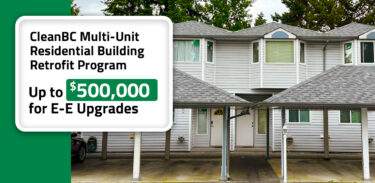 CleanBC Multi-Unit Residential Building Retrofit Program: Up to $500,000 for Energy-Efficient Upgrades
CleanBC Multi-Unit Residential Building Retrofit Program: Up to $500,000 for Energy-Efficient Upgrades
 Home Efficiency Rebate (HER) Is Back: Up to $5600 For Energy Upgrades in Ottawa
Home Efficiency Rebate (HER) Is Back: Up to $5600 For Energy Upgrades in Ottawa







